Nanshi, la città vecchia
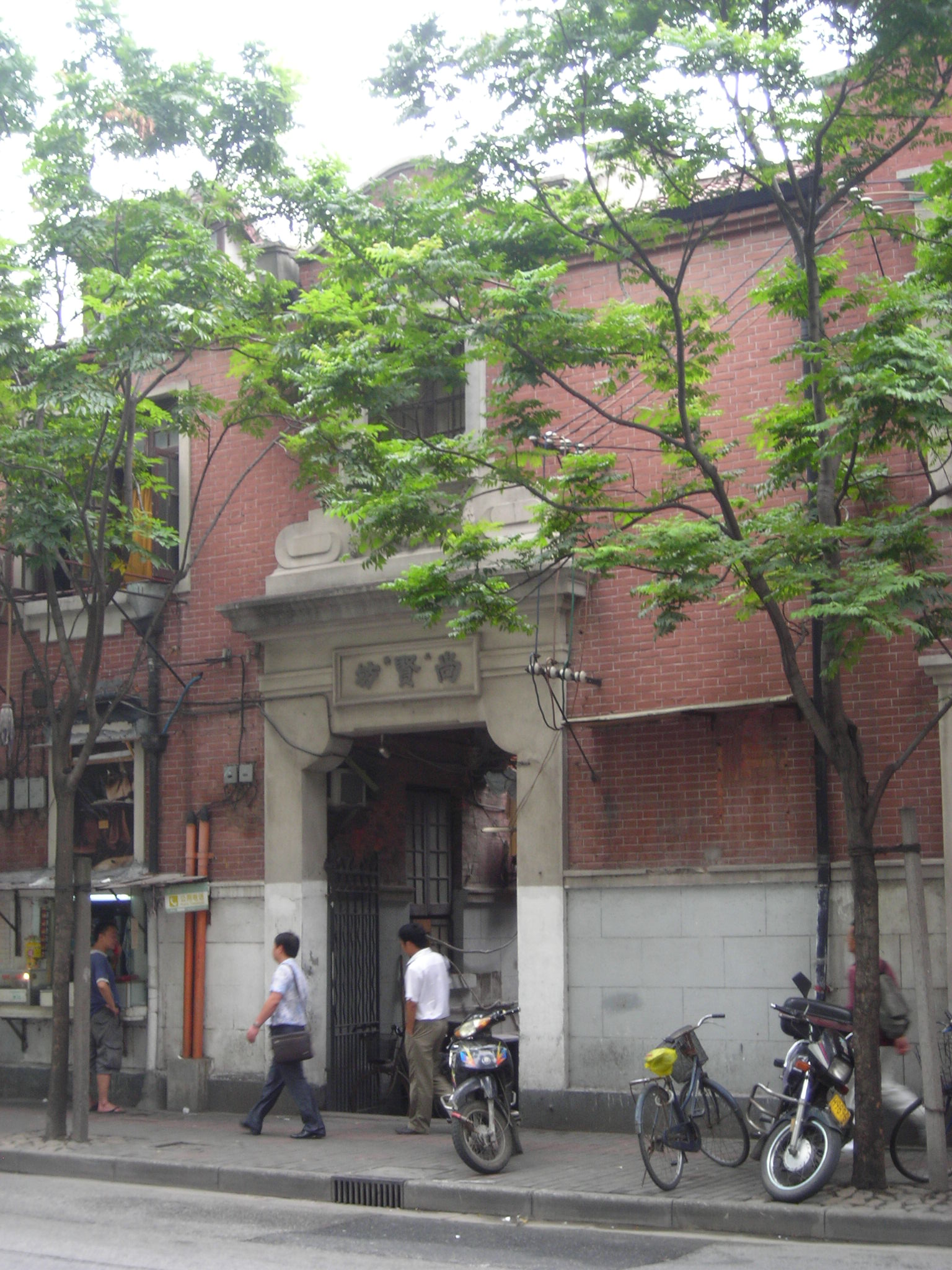
Shanghai, Nanshi – la città vecchia

Shanghai, Nanshi – la città vecchia

Shanghai, Bund
Ho visto con molto piacere, sugli utlimi due numeri di Enertao, rispettivamente in Enertao XVII 1 ed Enertao XVII 2, che è stato pubblicato in due parti l’articolo sulla terminologia del Wushu!
Sono molto felice di questo, non solamente per la soddisfazione di vedersi pubblicare un lavoro, ma perchè spero nella diffusione di alcuni concetti davvero importanti, quali la necessità di acculturazione verso la terminologia ufficiale cinese come standard e fondamentale nella pratica delle arti marziali cinesi in Italia.
Con l’amico fraterno Ale – Tie Baozi, riconoscevamo davanti ad un caffè dopo un Kebab a San Lorenzo, quanto siamo stati fortunati ad aver ricevuto una formazione fondata sulla terminologia cinese del Wushu, sia per quanto riguarda la mera pratica stessa sia per la ricchezza culturale che si cela dietro a nomi quali Pubu, Zhengti tui o Xie bu invece del velenoso serpente, della ludica sgambata o della posizione pudica e verginale della donna: c’est bien la vie.
This short draft is taken from CL.A.U.D.I.A.’s intro page and it is focused about a peculiar approach to semantic annotation of Dongba manuscripts by NSM primes as mark-up tagger. 
The NSM theory known as “Natural Semantic Metalanguage” has been developed by A. Wierzbicka and, later, by C. Goddard and other scholars.
The “basic idea is that we should try to describe complex meanings in terms of simpler ones. For example, to state the meaning of a semantically complex word we should try to give a paraphrase composed of words which are simpler and easier to understand than the original. This method of semantic description is called reductive paraphrase. It prevents us from getting tangled up in circular and obscure definitions, problems which bedevil conventional dictionaries and other approaches to linguistic semantics. No technical terms, neologisms, logical symbols, or abbreviations are allowed in a reductive paraphrase – only plain words from ordinary natural language.” (NSM Semantics in Brief: http://www.une.edu.au/bcss/linguistics/nsm/semantics-in-brief.php → 2009, June 28th )
By reductive paraphrase is thus possible to proceed as method for meaning analysis, which conduces to every language’s “semantic core”, “ a language-like structure, with a lexicon of indefinable expressions (“semantic primes”) and a grammar […] governing how the lexical elements can be combined ”: in other words a “mini-language” as expressive powerful as full natural language.
Semantic complex concepts thus could be explained by reductive paraphrase method, for instance a pair of samples from Wierzbicka 1996: 251-253; Goddard 1988):
Anna Wierzbicka aiming always to reduce the terms of the explications to the smallest and most versatile set by experimentation: she thus identified a core of 60 semantic primes (Goddard & Wierzbicka, “Meaning and Universal Grammar”, Eds 2002)
Semantic primes like I, YOU, SOMEONE, SOMETHING, THIS, HAPPEN, MOVE, etc.., identifying simples and intuitively intelligible meanings, are essential for numerous other words meaning explicating and non-circular grammatical constructions.
According to Wierzbicka, English core at today consists in:
Such primes are could well been implemented as Xml well-formed tree, constructing a NSM ontology skeleton, as exemplified below:
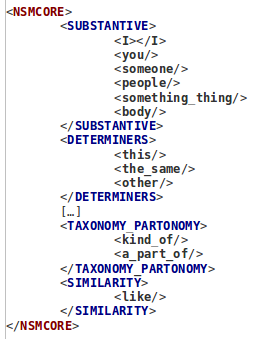
Implementation of NSM Semantic Mark-up for Dongba pictographs thus consists in:
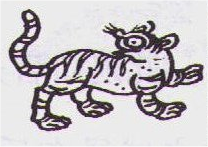 Ea1 will be semantically marked-up as
Ea1 will be semantically marked-up as

Such sample represents a very basic approach to Dongba pictographs NSM mark-up I am working over.
NSM studies have been carried out in a wide range of a languages, including English, Russian, French, Spanish, Polish, Italian, Ewe, Malay, Japanese, East Cree, Chinese, Mbula, Yankunytjatjara, Arrernte, and Maori, among others.
Considering Naxi language and Dongba pictograph writing system as close and strictly linked – but independent phenomena, my aim is to study by NSM approach Naxi and Dongba for:

Do.M.En.I. means Dongba Manuscript Encoding Initiative. It’s a CL.A.U.D.I.A. parallel project, originating and taking form by Dongba pictograph manuscript tradition and digital humanities study.
Do.M.En.I. is focused about implementing an on-line encoded corpus of Dongba manuscripts as a World Wide enjoyable resource for Dongba manuscript and Naxi pictograph literature, according to W3C standards for text and corpora encoding.
World Wide web technology at today should be seen as the wider library to be consulted for information retrieval and documents browsing, especially in Academic world for exchanging of material and up-to-date information which run faster then every paper-publication or review.
Many digital humanities application is dedicated to texts browsing and documents retrieving, and cover large range of kind of information: from daily newspapers to linguistic annotated corpora or more specialized archives. Plenty of digital texts and their extreme heterogeneity pushed W3C consortium (among other world wide question) to define some base guidelines for digital encoding of text and corpora digital encoding. at today W3C recommends TEI guidelines for digital texts encoding and CES for corpora encoding.
Do.M.En.I., project of diffusion and acculturation about Dongba pictograph manuscript tradition and Naxi people culture, follows and accords to W3C standards recommendations because it’s the best way to open such cultural and artistic treasures to academic world and all members of human kind. Do.M.En.I. thus operates in retrieving of just-available on-line resources re-organizing them in a CES according corpus, proceeding to single manuscripts encoding according to TEI recommendations.
At today two are the only available on-line resources for Naxi pictograph manuscripts tradition, both displaying some tens of digital reproduction of manuscripts pages:
they have heterogeneous standards for digital reproduction of manuscripts, moreover both corpora is just stops to “0 level” of text encoding. (Lenci et al., 2005: 57) , for Dongba pictograph text reproduction of manuscripts pages, sequences of images without any deeper structural, meta-structural, linguistic, syntactic and semantic annotation.
Do.M.En.I. projects if focused in building a complete (and open for up-to-dating initiatives) resources as annotated corpus of Dongba manuscripts, and this plays for:
Do.M.En.I. targets are finally summarizable in 2 main scores:
For wider documentation please visit Do.M.En.I. and CL.A.U.D.I.A. dedicated pages.
Lo scorso Sabato e la scorsa Domenica si sono svolti a Bergamo i XX campionati italiani di Wushu; ecco una serie di gallerie fotografiche di queste due belle ma faticose giornate.
Purtroppo il primo giorno di gare, il Sabato, sono rimasto sugli spalti a filmare le varie competizioni e quindi non ho fatto foto, dunque a queste gallerie mancano quelle di Luchino, e meno male che mamma Carlotta ha scattato delle belle immagini a Claudia. Appena avrò tempo metterò i filmati, compresi quelli dei regionali…
Tanti complimenti a tutti i ragazzi che hanno partecipato alle competizioni, ed un grazie di cuore ad Angelica e Cristian per la loro generosità: a presto ragazzi!!!
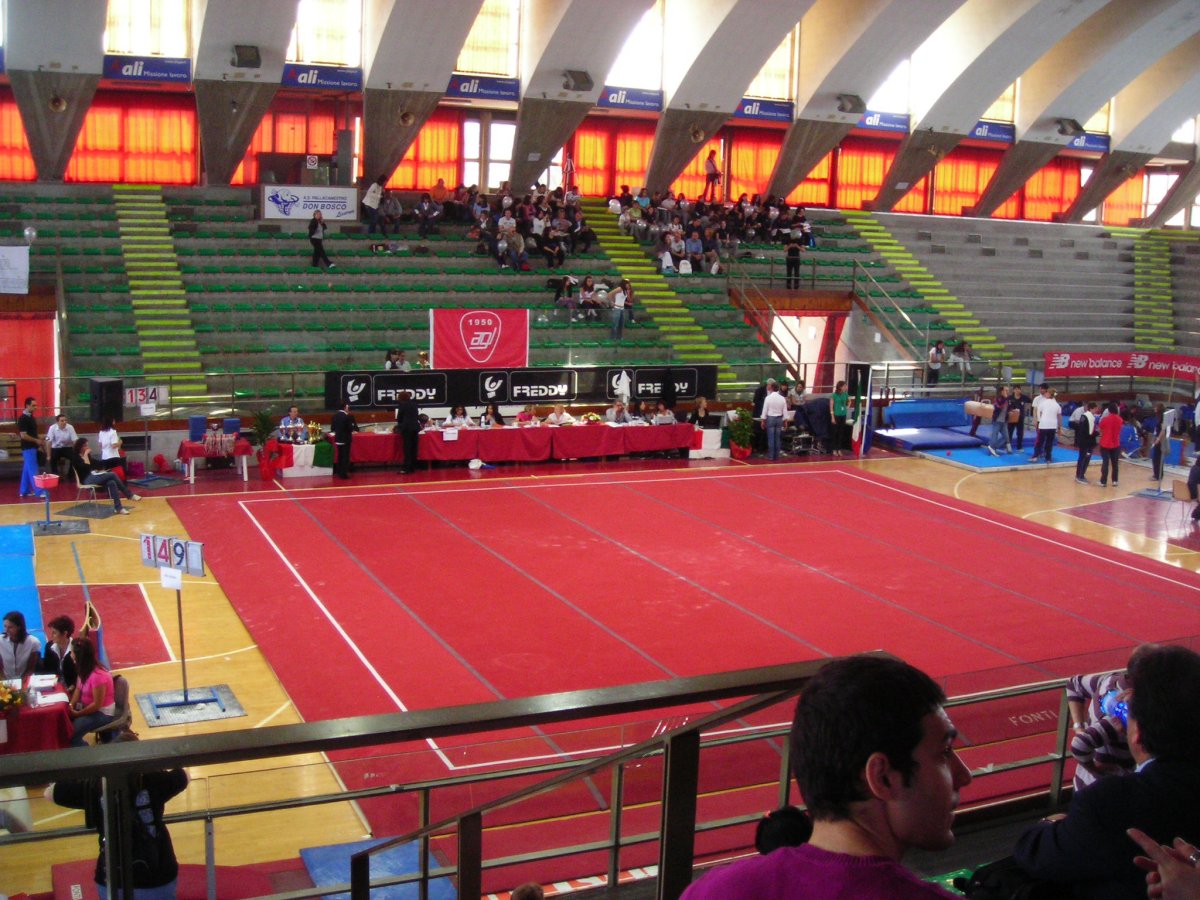 Su Zhongguowushu ho finalmente avuto 5 minuti di tempo per inserire le foto scattate a Bergamo durante le ultime gare nazionali.
Su Zhongguowushu ho finalmente avuto 5 minuti di tempo per inserire le foto scattate a Bergamo durante le ultime gare nazionali.
Pian pianino voglio anche scrivere due righe su queste gare, e soprattutto voglio caricare i filmati delel competizioni dei ragazzi.
Bravissimi a tutti, ma specialmente a Claus e Lons: questo è stato forse l’anno più difficle, deludente e ricco d’inculate per quanto riguarda un certo tipo di discorsi e di progetti. Il lavoro che paga avete assaggiato quale sia, così come avete toccato con mano chi vi ha saputo dare e che cosa vi ha dato; ora a voi decidere della nostra vita.
Che poi, forse, è proprio il su’ bello.
E complimenti al super maestro Pasotti per la schitarrata, c’è piaciuta tantissimo, così come la bellissima esibizione di ventaglio.
Un grazie davvero sincero ad Angelica per averci ospitato nella sua splendida casa, e grazie di cuore a Cristian per la sua cortesia e per l’amicizia: quando capitate a Firenze bimbi chiamate, ok?
88, nimen zaijian.
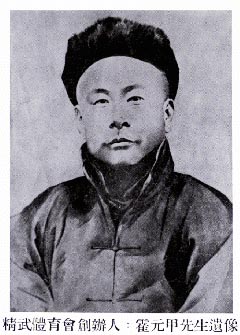
霍元甲 Huò Yuánjiǎ fù un grande maestro e praticante di Wushu, ed uno dei fondatori della Jing Wu Athletic Association, una scuola di arti marziali di Shangai: Yuánjiǎ si specializzò nella pratica di un ramo dello stile Mízōngyì 迷踪拳 “pugilato di far perdere le tracce”, uno stile di Wushu del nord della Cina, diffuso nelle provincie dello Hebei e dello Shandong, anche chiamato Yanqingquan 燕青拳, pugilato di Yan Qing, o ancora Mizongquan 迷宗拳 – pugilato dell’antenato perduto, o 秘宗拳 pugilato dell’antenato segreto.
Il nome Yanqingquan deriverebbe per alcuni da Yan Qing, un personaggio dello Shui hu zhuan , o per altri deriverebbe dal fatto che lo stile era praticato nell’area delle contee di Yanzhou 燕州 nello Shandong e di Qingxian 青县 nello Hebei; il nome Pugilato dell’antenato perduto 迷宗拳 si riferirebbe invece al fatto che le precise origini di questo stile non sono conosciute.
Yuánjiǎ è considerato un eroe della Cina, specialmente per le sue gesta nelle sfide di Wushu contro praticanti stranieri, affrontati in match altamente pubblicizzati, specialmente in un periodo storico/politico molto difficile per la Cina, e dunque intorno alla sua figura ed alla sua biografia si sono create una serie di storie e di leggende che rendono molto difficile la ricostruzione esatta delle vicende.
Yuánjiǎ nacque nel 1868 a 小南河村 Xiaonan Hecun, il villaggio di Xiaonan, nella contea di 静海县 Jinghai in Hebei, e fù il 2° di 3 figli; suo padre Huò En Di lavorava come guardia e scorta per le carovane che viaggiavano da e per la Manciuria, ma Read More…
 This is a draft 1.0 release of CL.A.U.D.I.A., achronim for ComputationaL And Updatable Dongbas Interactive Archives, as Human Techonolgies application focused about Dongba pictographic writing system of Naxi people of Southwest China, implemented and uploaded on Web for an onfly demo douring Kunming’s 16th International Congress of Anthropological and Ethnological Sciences (29 – 31 July).
This is a draft 1.0 release of CL.A.U.D.I.A., achronim for ComputationaL And Updatable Dongbas Interactive Archives, as Human Techonolgies application focused about Dongba pictographic writing system of Naxi people of Southwest China, implemented and uploaded on Web for an onfly demo douring Kunming’s 16th International Congress of Anthropological and Ethnological Sciences (29 – 31 July).
I wish to underline importance of Updatable features of such system – which I feel is needed – because of continous evolution of myself and academic scores in studying Dongba nad Geba writing systems and Naxi culture.
I am implementing such resource under PHP <–> MySql couple, that’s because I feel MySql as the best database instrument for building digitals archives and structured databases as Dongba pictographs corpus, and PHP as the dearest and the flexiblest instrument available at today to generate intelligent and dynamic queries targeting Dongba pictographic writing system significants corpus stored in MySql database; some hidden fields of database should work as Ontology for hierarchy relationship between family, subfamily and single pictographs.
Cluadia’s got two main resources: Index Plates of Dongba Pictographs and English-Dongba, Dongba-English dictionary.
Index plates consist in a tree of family and sub-family of pictographs stored and gathered by ICONOGRAPHIC features. Please visit previously dedicated page for correct usage. Each plates of pictographs are implemented as index archives of pictograph, labelled by capital keyletter for Family and minus keyletter for sub-Family of pictographs, then each elements has its own identification number, as in Gardiner appendix Hyeroglyphiv dictionary in it’s landmark work “Egyptian Grammar”. Such indexing realize a precious resource for future complete pictograph dictionary, and CL.A.U.D.I.A. is just its computational implementation.
CL.A.U.D.I.A.’s Dongba dictionary is implemented with 3 main resources. At first a fast free-keywords search-engine realized to lounch interrogation query on pictograph databse. Please, note that EACH QUERY WILL GENERATE 2 MAIN FILEDS OF DATA RETRIEVING: on the top a DIRECT MATCHING SCORE, with the output of the whole pictograph directly matched in its traduction to the keyword of research; down an INDIRECT MATCHING SCORE, constituted by the group of pictographs retrieved because of theyr indirect matching – but existing relation – with the keywords of the query lounched. Such Information Retrival System is yet implementing.
Claudia’s Dongba dictio also presents initials syllables system as tags. Please visit English <–> Donga cidian dedicated intro page to better understand power and limitation of CL.A.U.D.I.A. 1.0.

羞龙. 四月, 九号, 二零零九年
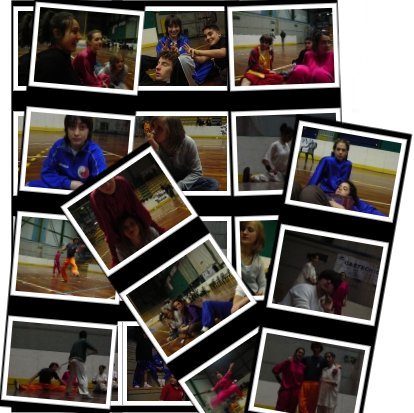
Selezione di foto sul mio giornale digidtale, scelte tra la marea scattata la’ltra domenica ad Arezzo.
Complimenti a tutti i ragazzi per le splendide gare.